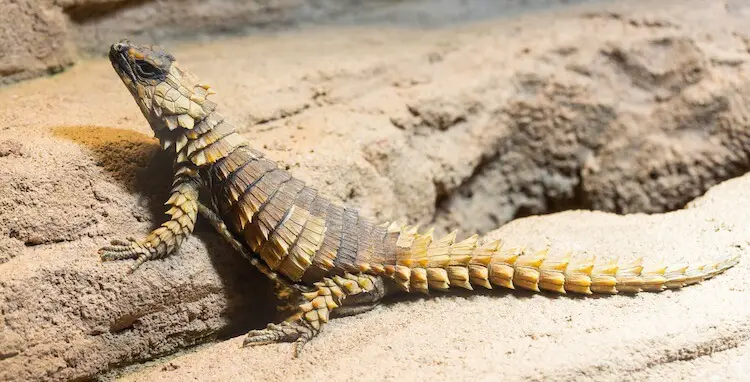
The dorsal coloration is red brown with scattered dark mottles.… … WikipediaĬordylus - Tropical Girdled Lizard Cordylus tropidosternum Scientific classification Kingdom … Wikipedia They are rupicolous (rock dwelling) and feed on small arthropods. Ukinga Girdled Lizard - The Ukinga Girdled Lizard (Cordylus ukingensis) is a poorly known species of girdled lizard from central Tanzania. Mozambique Girdled Lizard - Flame bellied Armadillo Lizard Scientific classification Kingdom: Animalia Phylum … Wikipedia any of numerous scaly reptiles of the suborder Sauria, order Squamata, typically having a moderately elongate body, a tapering tail, and two pairs of legs held outward from the body, comprising mostly terrestrial and burrowing… … UniversaliumĮast African Spiny-tailed Lizard - Scientific classification Kingdom: Animalia Phylum … Wikipedia

When danger threatens, it forms a ball by rolling on its back… … Universalium This lizard is about 25 cm (10 inches) long. Soures ReferencesĪrmadillo lizard - ▪ reptile (species Cordylus cataphractus), a southern African member of the family Cordylidae, known for its defensive body posture. This behavior may have inspired the mythical creature Ouroboros. This behavior, which resembles that of the mammalian armadillo, gives it its English common name. In this shape it is protected from predators by the thick, squarish scales along its back and the spines on its tail. The Armadillo Lizard possesses an uncommon antipredator adaptation, in which it takes its tail in its mouth and rolls into a ball when frightened. It can live up to 25 years in captivity, or slightly more in rarer cases. In the wild its most common prey items are the termites Microhodotermes viator and Hodotermes mossambicus. The Armadillo Lizard lives mainly on small invertebrates such as insects and spiders.

The female may even feed her young, which is also unusual for a lizard. The female gives birth to one or two live young the species is one of the few lizards that does not lay eggs. Males are territorial, protecting a territory and mating with the females living there. It lives in social groups of up to 30 to 60, but usually fewer. The natural habitat of this lizard is scrub and rocky outcrops.

Wild populations are threatened by collecting for sale in the pet trade. It can be found in pet stores and it is quite easy to breed in captivity. The Armadillo Lizard is a relatively common lizard in the pet trade. It grows up to 10.5 centimeters snout-to- vent length. Its size ranges from 16 to 21 cm (6½ to 8½ in) in length. The underbelly is yellow with a blackish pattern, especially under the chin. The Armadillo Lizard can be a light brown to dark brown in coloration depending on the subspecies.


 0 kommentar(er)
0 kommentar(er)
